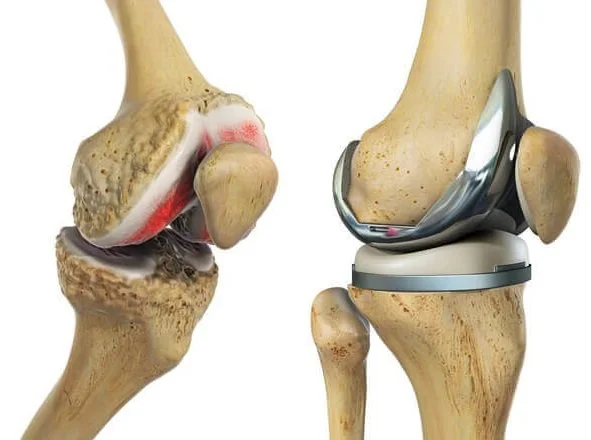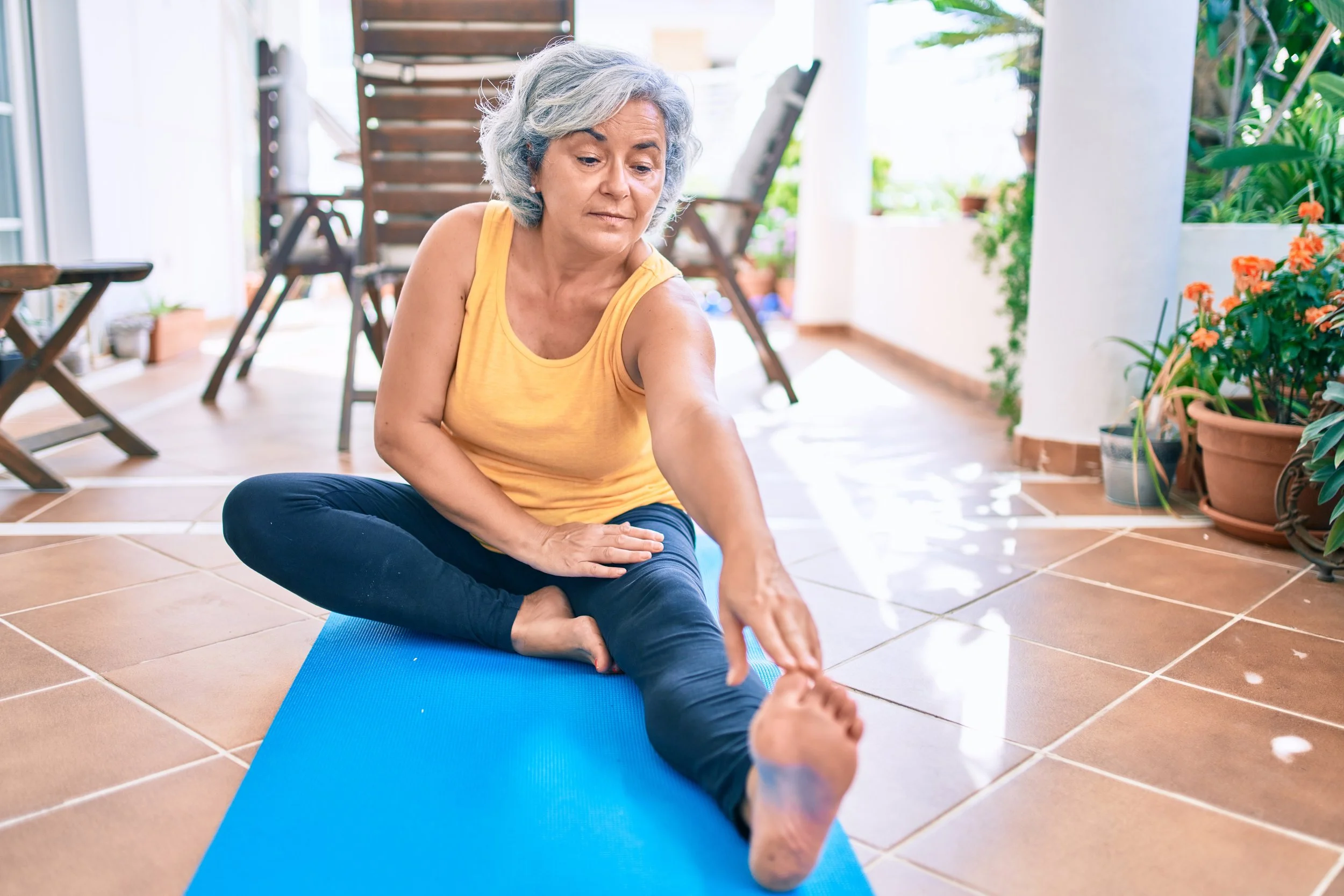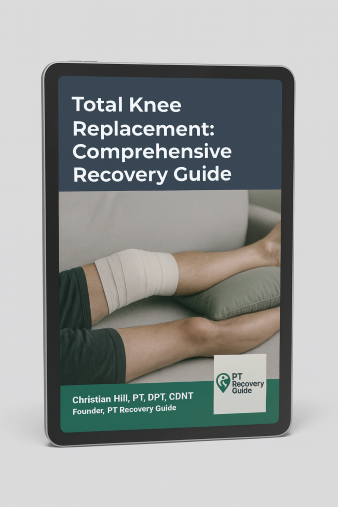What to Expect After Knee Replacement: Outcomes, Satisfaction, and Key Factors That Shape Recovery
✅ Introduction:
Knee replacement surgery (total knee arthroplasty, or TKA) is one of the most common and successful orthopedic procedures in the world. It is often life-changing for people with advanced arthritis who live with constant pain, stiffness, and loss of independence.
But while most patients are told their pain will improve — and it usually does — the reality of recovery is more nuanced. Pain relief is only part of the story. Function, stamina, mood, satisfaction, and long-term outcomes vary from person to person.
So what does the research really say about the “typical” recovery? How close do patients get to feeling like their peers who never needed surgery? And which factors most influence whether recovery feels smooth or frustrating?
🧩 The Big Picture: What Improves After Surgery
Across dozens of studies and tens of thousands of patients, the findings are consistent:
Pain drops significantly. Most patients report major reductions in day-to-day pain within the first six months, with continued improvement at one year. For many, that unbearable bone-on-bone ache is finally gone.
Function improves. Walking distance, confidence on stairs, and ability to do household or recreational activities all improve meaningfully within the first year.
Quality of life rises. Patients describe being able to sleep better, socialize more, and participate in life again.
In one large review of adults over 65, improvements in pain, function, and quality of life were sustained for as long as ten years after surgery.
Another case–control study comparing 500 knee replacement patients with 500 healthy adults found that one year after surgery, patients’ overall quality of life scores were nearly the same as people who had never needed surgery.
That’s an encouraging message: for most, a knee replacement is not just about “less pain” — it’s about reclaiming a healthier, fuller life.
Where Recovery Falls Short
Even with these strong improvements, there are important caveats.
Physical performance lags. Tasks like descending stairs, rising from the floor, or keeping up with faster peers often remain harder. In research, patients’ physical scores (strength, endurance, balance) stayed below those of healthy adults even one year after surgery.
Energy and vitality are slower to rebound. Patients often describe having “less pep” or tiring more easily. Vitality scores, which reflect energy and enthusiasm for daily life, also remain lower than healthy controls at one year.
Satisfaction isn’t guaranteed. While 80–90% of patients say they are satisfied and would do it again, a smaller but important group feel disappointed — either because of ongoing stiffness, difficulty with high-demand activities, or because results didn’t match expectations.
In other words: you’ll likely feel much better — but not invincible.
How Does a “Recovered” Knee Compare to Healthy Peers?
One of the most helpful ways to set expectations is to compare patients who have had a knee replacement with people of the same age who never needed surgery.
A recent large case–control study followed 500 knee replacement patients and compared them with 500 age- and lifestyle-matched healthy adults. Here’s what they found at 12 months after surgery:
Overall quality of life: Nearly the same. Patients’ average scores on a general health survey (SF-36) were statistically similar to those of healthy adults.
Pain: Comparable. By one year, pain levels in most knee replacement patients were close to those of healthy peers.
Mental health: Also similar. Patients’ mood, coping ability, and emotional health matched healthy controls.
Physical function: Lower. Patients still scored meaningfully lower on tests of physical performance (strength, stair descent, endurance).
Energy and vitality: Lower. Patients reported less stamina and enthusiasm for daily activities compared with healthy adults.
In other words, a “recovered” knee replacement patient is often indistinguishable from their peers in terms of pain relief and emotional well-being, but still trails behind when it comes to energy and high-level physical function.
For patients, this means that even after a successful recovery, it’s normal to feel “pretty close” to peers — walking comfortably, enjoying social life, sleeping better — but also to notice limits with activities like long hikes, vigorous sports, or keeping pace with those who never had joint disease.
Does Age Make a Difference?
It’s natural to wonder: “Am I too old for this surgery?” or, on the other side, “Will I get enough years of benefit if I’m younger?”
Patients under 65: Research shows younger patients gain large and meaningful improvements in pain and function, similar to older adults. However, because their new joint must last longer, younger patients face a higher lifetime risk of revision surgery — some estimates suggest over 30% for men in their early 50s.
Patients over 65: Outcomes are equally strong. In fact, older adults often report just as much, if not more, satisfaction with surgery. A review of over 20,000 older adults found consistent pain relief and functional gains lasting up to a decade.
So while younger patients may worry about “wearing it out,” and older patients may worry about being “too old,” the evidence shows meaningful benefits for both groups.
Key Factors That Shape Recovery
Not every outcome is the same. Research highlights several factors that can predict whether recovery feels smooth or frustrating:
Weight matters. Patients with a body mass index (BMI) over 30 were more than twice as likely to report lower quality of life one year after surgery. Carrying extra weight puts more stress on the new joint and makes rehab harder.
Other health conditions. Having two or more comorbidities (like diabetes, heart disease, or lung issues) predicted worse outcomes. These conditions can slow recovery and limit stamina.
Rehab compliance. Patients who stuck with their physical therapy reported significantly higher quality of life than those who didn’t. Consistency in exercise is one of the most controllable factors in your favor.
Surgical factors. Patients who had one knee replaced tended to do better than those who had both done at once.
Complications. While uncommon (about 3% in one large study), problems like infection or instability strongly reduce quality of life.
Think of it this way: surgery is the foundation, but what you bring to the process — your health, your habits, your commitment to rehab — can tip the scale toward a smoother recovery.
What This Means for You as a Patient
If you are considering or recovering from knee replacement, here’s what the evidence says you can realistically expect:
Relief is very likely. Most patients have major pain reduction and better mobility within the first year.
Life will feel closer to normal. At one year, many patients’ quality of life looks very similar to healthy adults their age.
Some challenges may remain. Energy, stamina, and advanced physical tasks may take longer or never fully return to pre-arthritis levels.
Your choices matter. Preparing for surgery, staying active in rehab, managing weight, and controlling other health conditions are some of the best ways to improve your odds of a great outcome.
Final Thoughts
Knee replacement is not a “quick fix,” but it is one of the most effective tools medicine offers for end-stage arthritis. The typical patient can expect less pain, more freedom, and a better quality of life — with some natural limits on performance and energy.
Perhaps the most important takeaway is this: set clear, realistic expectations. Going into surgery knowing that you’ll likely feel much better, but not superhuman, helps avoid frustration and increases satisfaction.
Combine the procedure with consistent rehab and healthy habits, and you give yourself the best chance to join the large majority of patients who say, “I’m glad I did it.”
📚 References
Olsen U, Lindberg MF, Rose C, et al. Factors Correlated With Physical Function 1 Year After Total Knee Arthroplasty in Patients With Knee Osteoarthritis: A Systematic Review and Meta-analysis. JAMA Netw Open. 2022;5(7):e2219636. doi:10.1001/jamanetworkopen.2022.19636
Trieu J, Gould DJ, Schilling C, Spelman T, Dowsey MM, Choong PF. Patient-Reported Outcomes Following Total Knee Replacement in Patients <65 Years of Age—A Systematic Review and Meta-Analysis. Journal of Clinical Medicine. 2020; 9(10):3150. https://doi.org/10.3390/jcm9103150
Woodland N, Takla A, Estee MM, Franks A, Bhurani M, Liew S, Cicuttini FM, Wang Y. Patient-Reported Outcomes following Total Knee Replacement in Patients Aged 65 Years and Over—A Systematic Review. Journal of Clinical Medicine. 2023; 12(4):1613. https://doi.org/10.3390/jcm12041613
Askari A, Mohammadpour M, Jabalameli M, et al. Predictors of health-related quality of life after total knee arthroplasty: a case-control study. Sci Rep. 2024;14(1):14176. Published 2024 Jun 19. doi:10.1038/s41598-024-65042-z
Total Knee Replacement - Comprehensive Guide
Take Control of Your Recovery
Not every factor after a knee replacement is in your hands: age, medical history, or surgical complexity all play a role. But the research is clear: the choices you make during recovery can strongly influence your results.
That’s why I created the Comprehensive Total Knee Replacement Recovery Guide. It’s a 68-page, step-by-step plan that shows you how to:
Extensive education regarding the post-surgical process including timeline and lifestyle topics including driving, stairs, and travel.
Build strength and mobility safely with the right exercises.
Stay on track with milestones that match the phases of healing.
Avoid common pitfalls that slow recovery.
Focus on the controllable factors, like consistency, movement, and lifestyle habits that research shows make the biggest difference.
If you’ve been looking for guidance you can trust, backed by both clinical experience and published evidence, this guide is for you.
Additional Resources:
🦵 Prehab Before Knee Replacement: How to Prepare Your Body and Mind for Surgery
What No One Tells You About Knee Replacement Recovery (Post-Surgical Part 1)
TKA Recovery Months 2–3: What to Expect and How to Keep Making Progress
Rehab Exercise Progression: A Patient’s Guide to Safely Advancing Your Recovery
Understanding Inflammation: How to Heal Smarter, Not Just Harder
Managing IT Band Syndrome: A PT’s Guide to Relieving Pain and Getting Back to Activity
Protein & Recovery — Does It Really Matter Before and After Surgery?
Ice vs Heat for Injury: A Physical Therapist’s Guide to Pain & Swelling Relief
Recommended Rehabilitation Supplies:
Research Summaries:
Written by Christian Hill, PT, DPT, CDNT – Licensed Physical Therapist with over 10 years in orthopedic rehab.
This article is for educational purposes only and is not a substitute for professional medical advice. Always consult with your healthcare provider before beginning any new rehabilitation or treatment plan.



